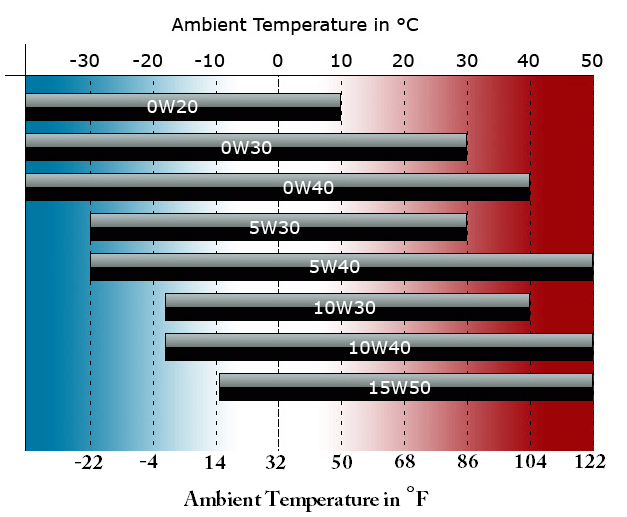When it comes to choosing the right motor oil for your vehicle, understanding motor oil weight is crucial. Motor oil weight, also known as viscosity, refers to how thick or thin the oil is. The Society of Automotive Engineers (SAE) has established a numerical code system for grading motor oils based on their viscosity.
The two numbers in the motor oil weight represent the oil’s viscosity at cold (first number) and hot (second number) temperatures. For example, in a 10W-30 motor oil, the “10W” indicates the oil’s viscosity in cold temperatures, while the “30” represents its viscosity in hot temperatures.
Motor Oil Weight Chart
Choosing the Right Motor Oil Weight
Choosing the right motor oil weight for your vehicle depends on various factors, including the manufacturer’s recommendations, driving conditions, and climate. It’s essential to consult your vehicle’s owner’s manual to determine the recommended motor oil weight for optimal performance.
In general, lower viscosity oils (e.g., 5W-20) are suitable for colder temperatures, while higher viscosity oils (e.g., 10W-40) are better for hotter climates or older engines. Using the wrong motor oil weight can lead to poor engine performance, increased wear and tear, and reduced fuel efficiency.
Motor Oil Weight Chart
Refer to the motor oil weight chart below for a quick reference guide on choosing the right motor oil weight for your vehicle:
| SAE Viscosity Grade | Temperature Range | Recommended Applications |
|---|---|---|
| 0W-20 | -30°C to 40°C | Modern vehicles, fuel-efficient engines |
| 5W-30 | -20°C to 40°C | All-season use, common viscosity grade |
| 10W-40 | 0°C to 40°C | Older vehicles, high-performance engines |
